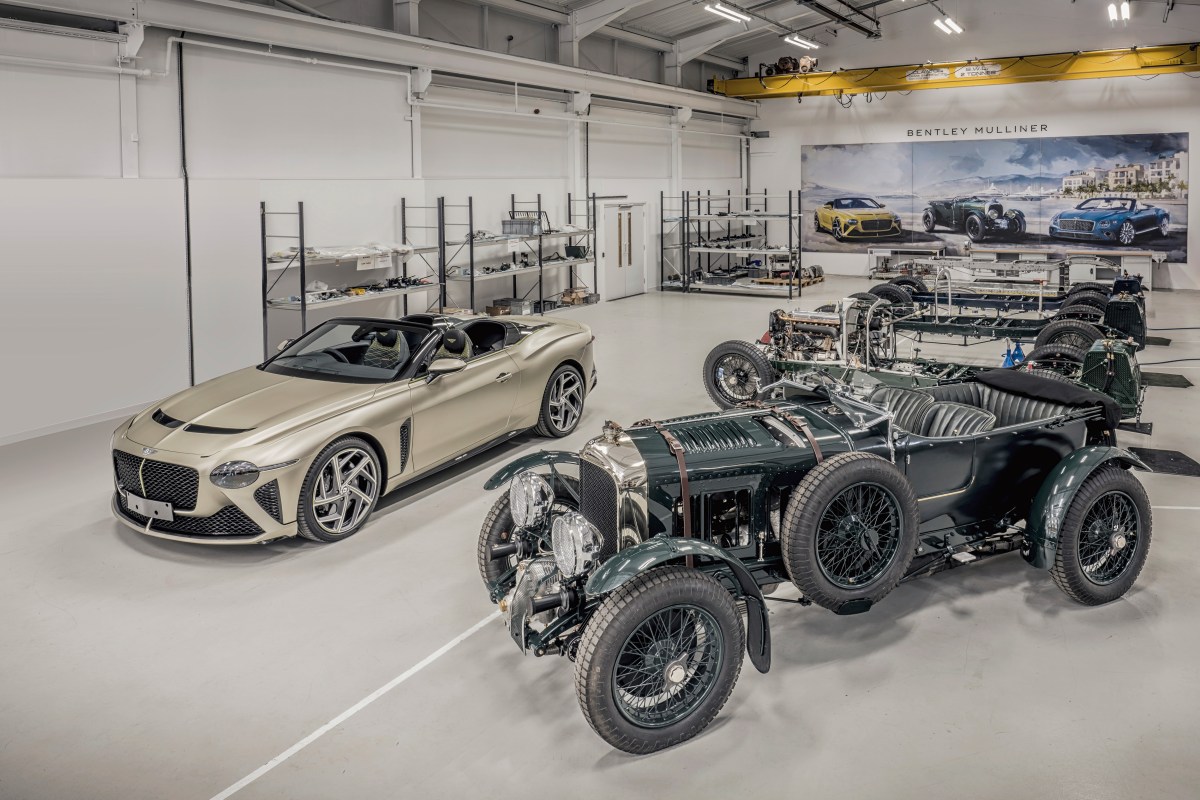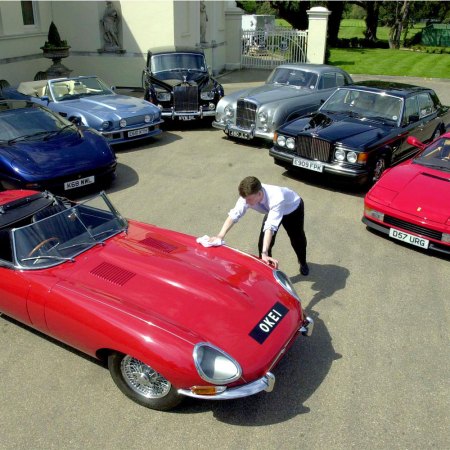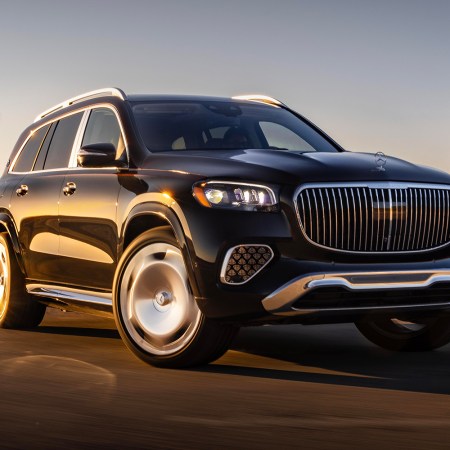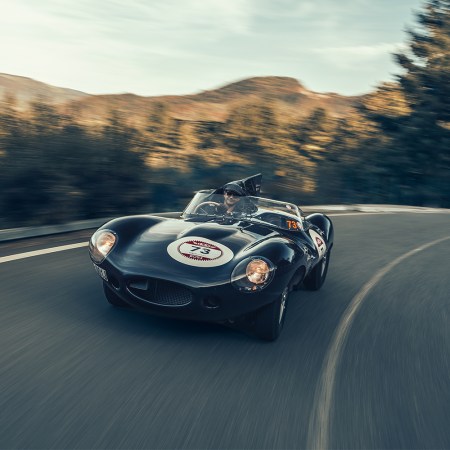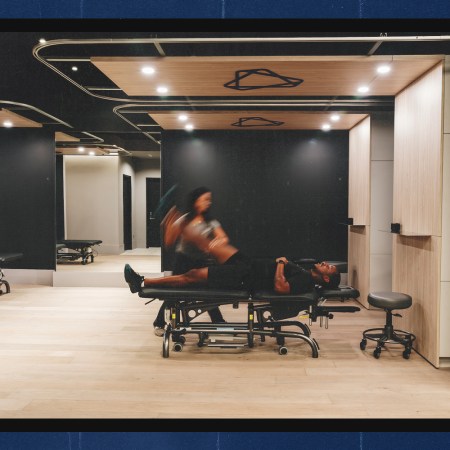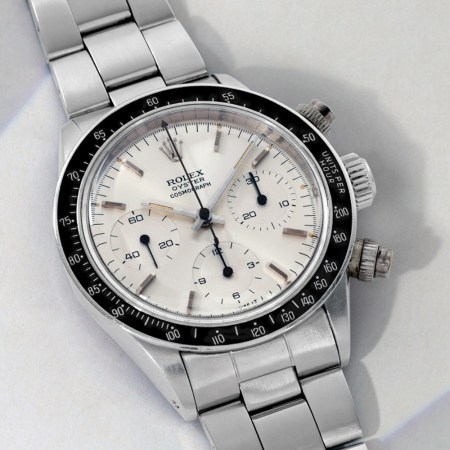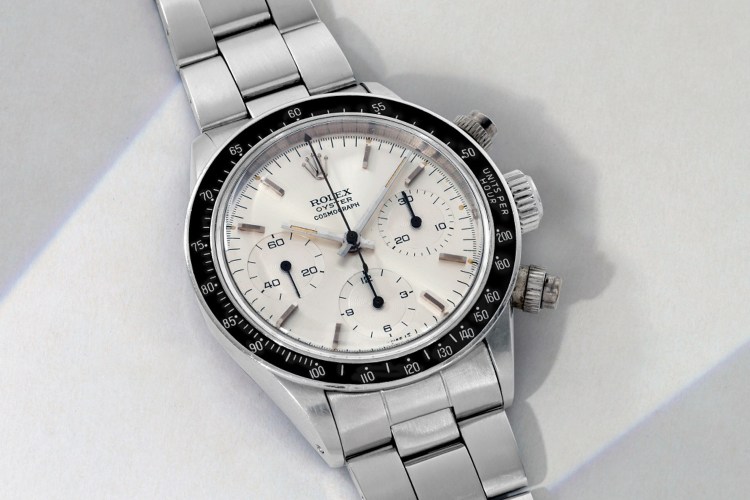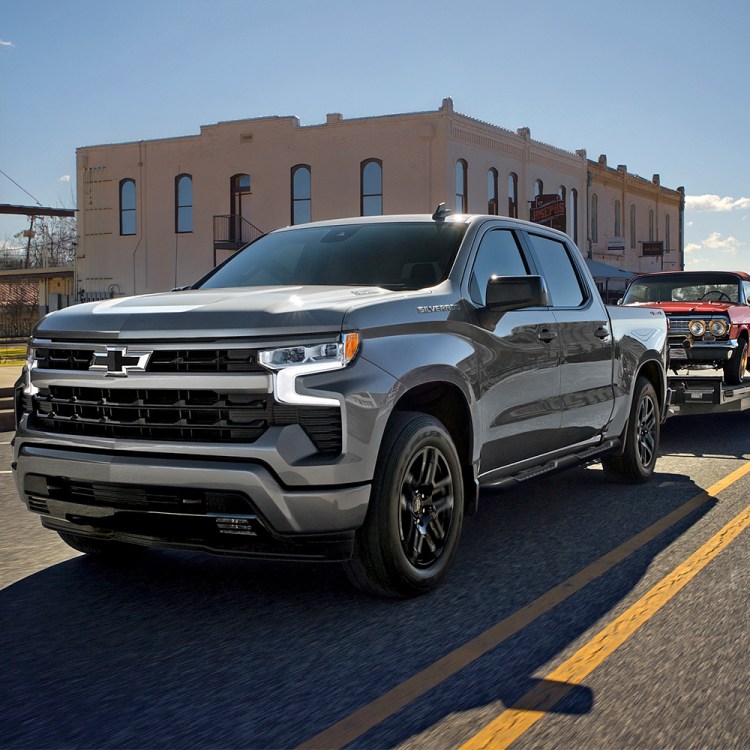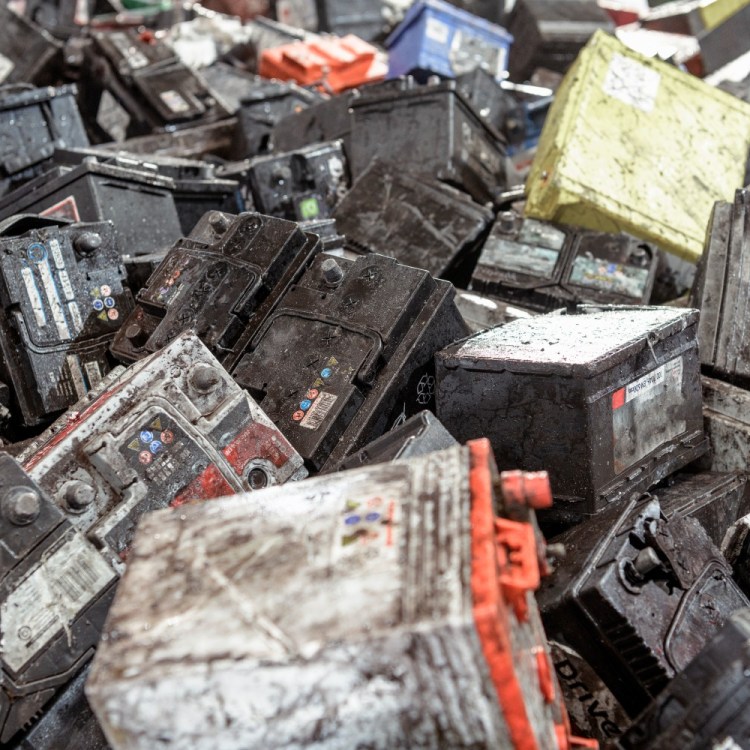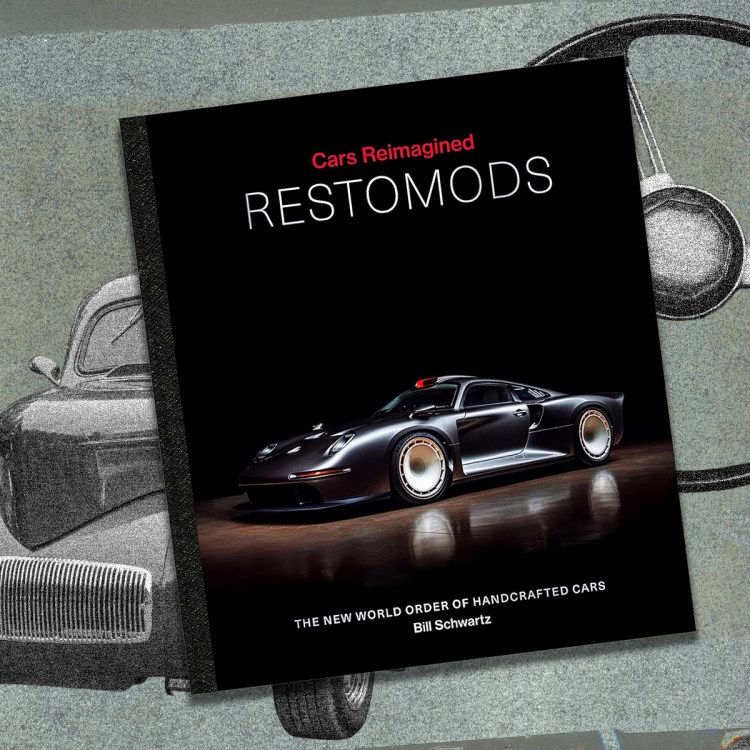When visiting the collection of buildings that comprise luxury automaker Bentley’s headquarters in the English town of Crewe, there are plenty of things that might catch your eye. There are the massive buildings in which the bulk of Bentley’s vehicles are made, for one thing; there are also green walls and solar panels located throughout the campus, and examples of the company’s automotive history situated between buildings in transparent boxes.
It’s in a modestly-sized building off to one side where some of the company’s most interesting work is taking place. This is the building that houses Mulliner, the division of Bentley that creates custom vehicles as well as visually striking evocations of the past — including the Bentley Blower continuation series, which includes a dozen bespoke cars made according to the specifications of the car that raced at Le Mans almost a century ago.
On a visit to Bentley earlier this year, what was perhaps most striking about this particular building was the balance of past and future. Here, you could see Blowers in varying stages of completion alongside high-tech materials and objects from Bentley’s racing history.
But it also prompted the question: how does Mulliner’s work influence the work Bentley is doing as a whole? And what are the particular challenges that come with being part of an automaker where you might be looking decades in the past for one project and eyeing sustainable materials for a futuristic design on another?
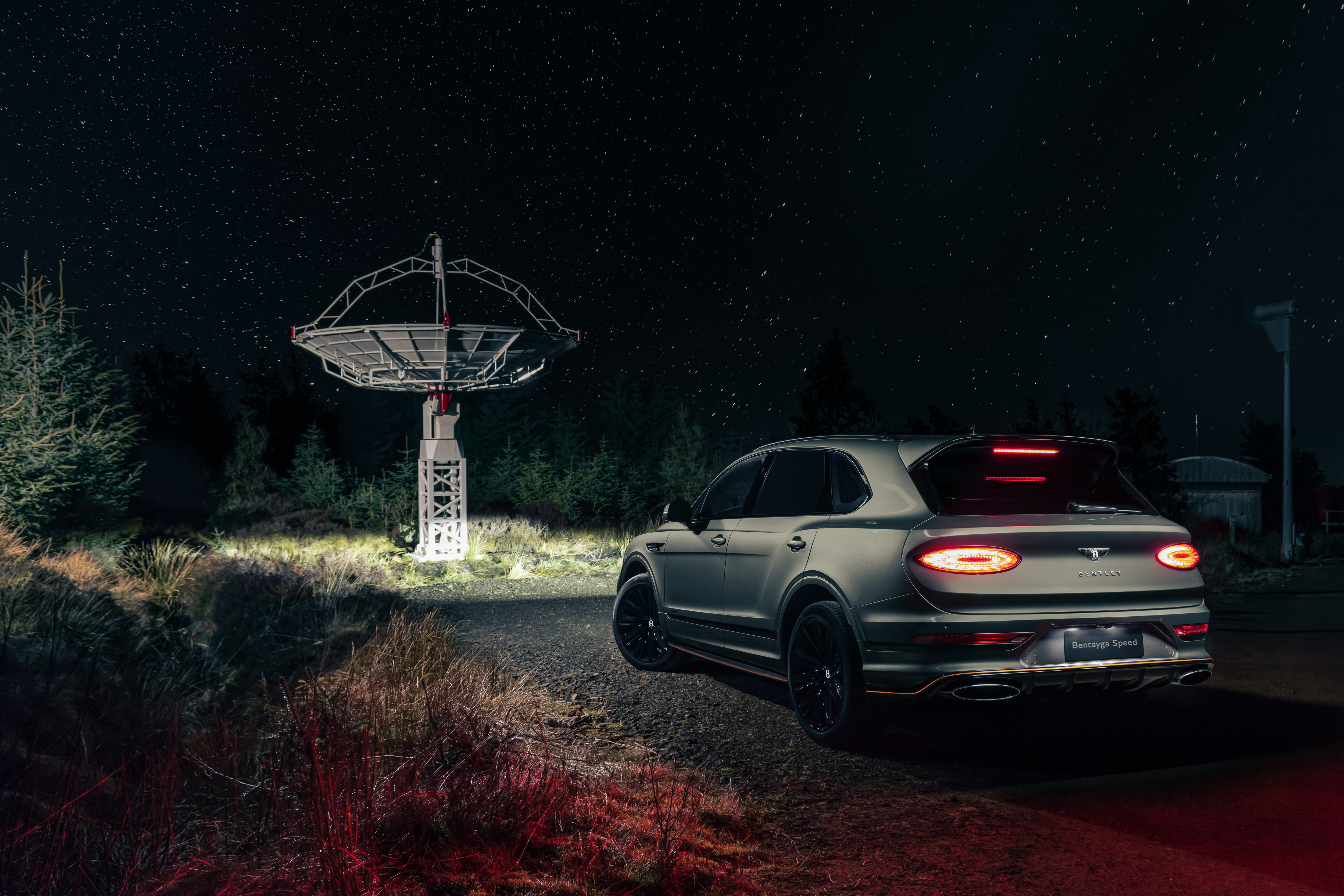
To find some answers to these questions, I spoke with Paul Dickinson. Dickinson is the Head Of Commercial — Mulliner, Motorsport & Classic at Bentley Motors. And for him, that sense of continuity within Mulliner is a source of excitement.
“The cascade from Mulliner into mainstream is a really important part of Mulliner,” Dickinson told InsideHook. “In Mulliner, we have three levels. We have the coach-building and the classics at the very top. Then, we have the true bespoke for mainstream cars in the middle, and then the base of our offering is what we call ‘Curated by Mulliner,’ which are things that we’ve now created and curated, which are available off the peg for customers to buy.”
As Dickinson explained, certain design concepts and building materials have ended up catching on and were added to the options available to all Bentley customers. “The whole point is [that] we bring in new materials and tech at level one and level two,” he explained. “And if they’re successful, they gradually move down and eventually could get into the full mainstream.”
He cited tweed as one example. “The Bacalar coach-built car was the first car that used tweed as a material on the interior, in the seats and on parts of the [instrument panel]. And that was very successful,” Dickinson said. “Therefore, as part of level two, the bespoke offering to customers when they come to create something really personal, we now have a range of four different tweeds that you can use on the interior.”
At least, you can in some parts of the world. “Unfortunately, in America, tweed is not available due to certification challenges,” he clarified. “I wanted to use it as an example because it’s still an important value chain and demonstrates how something tactile moves down.”
Dickinson explained that some other features had also become more widespread after debuting via Mulliner. He pointed to a group of colors for “the stitching, for the inlays in the seats and for the carpet binding” that will be available from the 2023 model year onwards. Another design concept that has become an option for all Bentley buyers is a lamp that can project the Bentley logo onto the ground when a car door is opened.

When it comes to Mulliner’s interactions with the larger organization, Dickinson spoke about having a close working relationship with Bentley’s CMF team. “It is their role to look five years ahead of what’s coming down the path,” Dickinson explained. “And so when we start a new bespoke car — when we started work on the Bacalar in 2020 — we went to those guys and said, ‘Look, we’re gonna be doing a coach-built, what’s on your five year horizon that we could tap into and pull forward?’”
That goes beyond what’s available in the automotive world as well. “We use that team because their job is to look across industries — in automotive, but also in different industries of luxury. Because ultimately, we’re a luxury product manufacturer,” Dickinson said. “They’re looking at the trends of what customers in our world are into and are buying. And therefore, how do we take that into the automotive world?”
The ability to work with new materials in smaller numbers has also been useful both for Mulliner and for Bentley as a whole.
“We’re looking at sustainable tannage in a future car — a different way of coloring the leather so it doesn’t use as many nasty materials, and using recyclable materials,” Dickinson said. “We can be the first use of that for the company, because you’re only doing 12 sets of hide.”
As he explained, if things go wrong, addressing that issue is far easier on a smaller scale. “We have the flexibility to go, okay, we’ll just redo it where if you do the hides for 15,000 Bentleys, you can’t,” Dickinson said.
That translation of work on a smaller scale to something larger has also come up in Mulliner’s work for things like the Blower project. “That’s bringing back approaches that haven’t been used for 50 years,” Dickinson said. “But there’s still this small industry that’s been servicing these cars. By ordering 12 — and in some cases, it’s more than 12 because you need to make sure you’ve got spares — we’ve reinvigorated those suppliers, but also built relationships with guys who are used to making small series of components or materials.”
“Especially for the leather and some of the other interior materials, that’s opened up new relationships that we then said, ‘How could that cross into the Bacalar coach-building, and then could you then cascade that in the future?’” Dickinson added.
Dickinson spoke about tailoring as one particular field from which he draws inspiration. “Our craftmanship is actually in the bespoke nature of my design team, helping the customer — or helping the retailer help the customer — actually create something specifically cool for them that tells them their story and their ideas,” he said.
That’s where the link is to detailing because the whole point of a tailor is they know their customer, and can therefore make the suit from the same set of materials that they’ve got in the back for everybody into the suit that that customer really values,” he continued.
Not long after I spoke with Dickinson, Bentley held an event at the Concours on Savile Row announcing the expansion of Mulliner into areas outside of the automotive realm. It’s an intriguing prospect — both for what might emerge from it and for how it might circle back around to enhance an already-memorable driving experience.
This article appeared in an InsideHook newsletter. Sign up for free to get more on travel, wellness, style, drinking, and culture.
